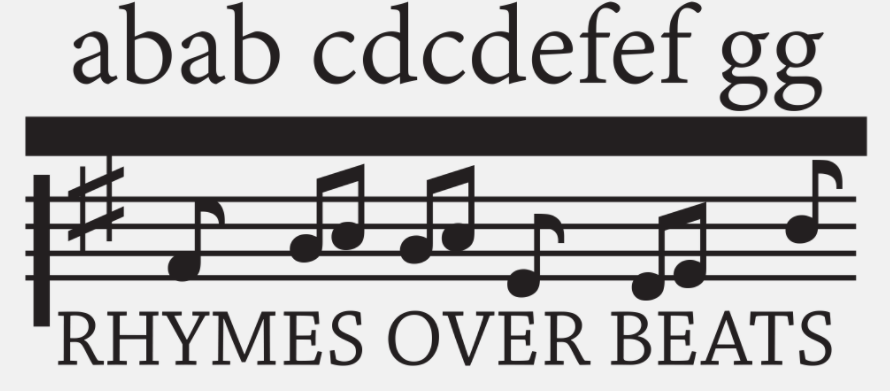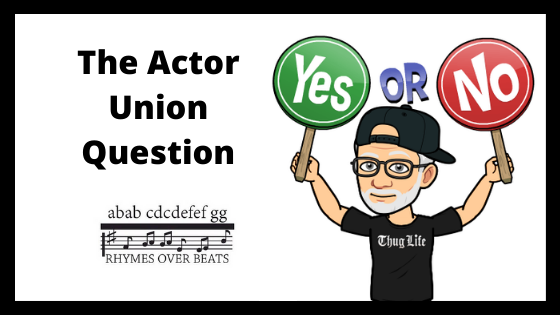Theater Goes Online
One consequence of COVID was to change how theater was done.
For over a year now theater, an art that involves the audience and actors together live and in person, has come to a screeching halt.
Although some productions have been presenting outdoors over the summers and Broadway is now preparing to open, we are nowhere near where we were before the shutdown in March 2020. So over the last year, when being in person was not possible, theater people did what they do best.
They improvised. They created work arounds.Play readings are being done on Zoom or a similar teleconferencing platform. How else to bring theater to an audience during a pandemic?
Actors had to film themselves or be filmed by members of their household and edited together afterward, which had never done before. Searching for affordable shows, theater companies went into their archives and dusted off older films of previous performances to share online – stage plays that had been done using film video, many years ago.
At what point did theaters stop recording productions? Why did they stop?
Actors Union Before
Back in the 1950’s there were three different unions for actors, because there were only three kinds of performances an actor could give: television (AFTRA), film(SAG), or stage(Equity).
Actors specialized in one of those specific acting techniques. Back then there was little overlap. Film actors looked down on TV actors, and both were looked down on by stage actors.
But then, overlap began to happen between film and TV. Is an actor who appears in a made-for-TV movie a “film actor” or a “TV actor?” This confusion eventually led to the merging of two of the unions, and the creation of a “new” union: SAG/AFTRA.
Now because of COVID there is an increase in the use of video in theater. This overlap did not exist in 2019, but now it’s common. However, Equity, which has jurisdiction over stage performances, and SAG/AFTRA, which has jurisdiction over video, film and tv, remain two separate unions without practical provisions for this overlap.
This brings up the question: how many actor unions do we need? Can’t just one do it?
What do you think? Are you an actor? Let us know.

